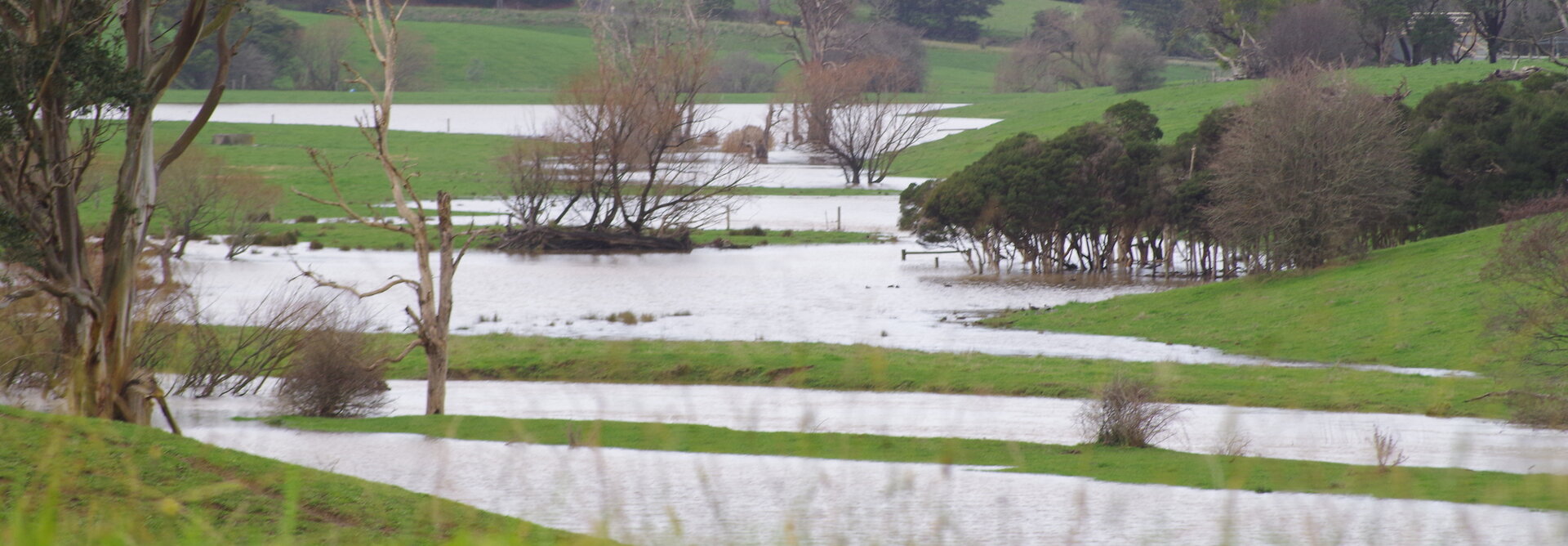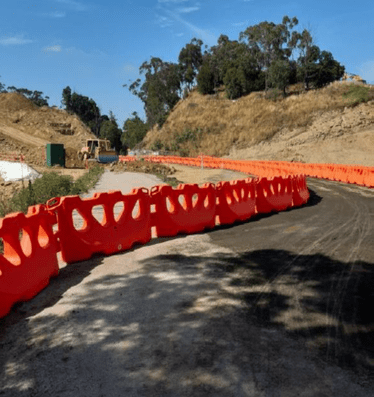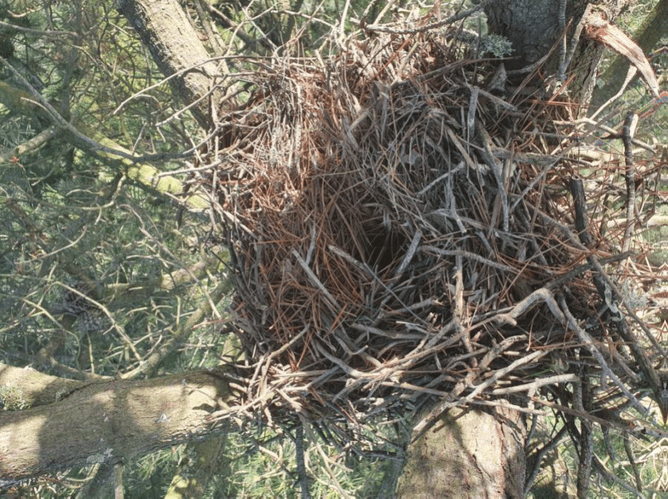We acknowledge the Traditional Owners of these lands and waters.
Platypuses are now officially listed as vulnerable in Victoria. This makes the Black Spur Creek Wetland Project, and other work of Landcare and the West Gippsland Catchment Management Authority (WGCMA), all the more important. Platypuses inhabit the Tarwin River and we see them in the Black Spur Creek Wetland project area.
Fortunately the 7th February landslip, which has caused partial (so far) closure of the South Gippsland Highway, does not seem to impact directly on the river or the fossil site. We may have more information on the implications in coming days and weeks.
As we undertake our monthly bird monitoring, landcare members watch, with interest, the massive landscape changes being undertaken during highway construction. We’re hanging on to our long term vision of “a beautiful natural area” with “its unique ecological functions and features protected and restored.” We’re urging the various land managers – Major Road Projects Victoria, Vic Roads, South Gippsland Shire, and WGCMA to take a coordinated and integrated approach to weed control and vegetation restoration.
It’s great to see our president, Sue Miles, is recovering well at home and is still taking a keen interest in this project.
Thanks to Amy Dynes, from CPB Contractors, who provided these photos.
CPB have installed the first diversion on the rail trail this week so they can start the earthworks to build the underpass in this area. It will change a couple more times over the coming weeks as earthworks progress.
An echidna still walks through the works area apparently.
In spring, a large swallows nest (Dusky Wood Swallow I think?) was successfully relocated to a nearby tree outside of the project area (see photo). Wood Swallows are not closely related to the Welcome Swallows that nest in our eaves and are familiar to most people. Wood Swallows are more closely related to Currawongs, Butcher Birds and Magpies.
Photo above; Relocated swallow’s nest.
On the subject of Magpies, they tend to be taken for granted in our rural landscapes but to enhance your enjoyment and appreciation of these unique, intelligent, and complex birds, I recommend the book “Australian Magpie: Biology and Behaviour of an Unusual Songbird” by Gisela Kaplan (available from the West Gippsland Library). Gisela is a scientist who has spent decades studying and handling magpies.
Tuesday 4th February was World Wetlands Day which encourages the protection of all wetlands. In 2021 it is celebrating 50 years since the signing of the Ramsar Treaty to protect significant wetland sites.
This year’s theme shines a spotlight on wetlands as a source of freshwater and encourages actions to restore them and stop their loss.
We are facing a growing freshwater crisis that threatens people and our planet. We use more freshwater than nature can replenish, and we are destroying the ecosystem that water and all life depend on most – Wetlands.
The 2021 campaign highlights the contribution of wetlands to the quantity and quality of freshwater on our planet. Water and wetlands are connected in an inseparable co-existence that is vital to life, our wellbeing and the health of our planet.
(taken from https://www.worldwetlandsday.o... )




